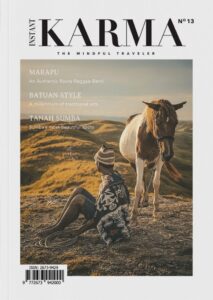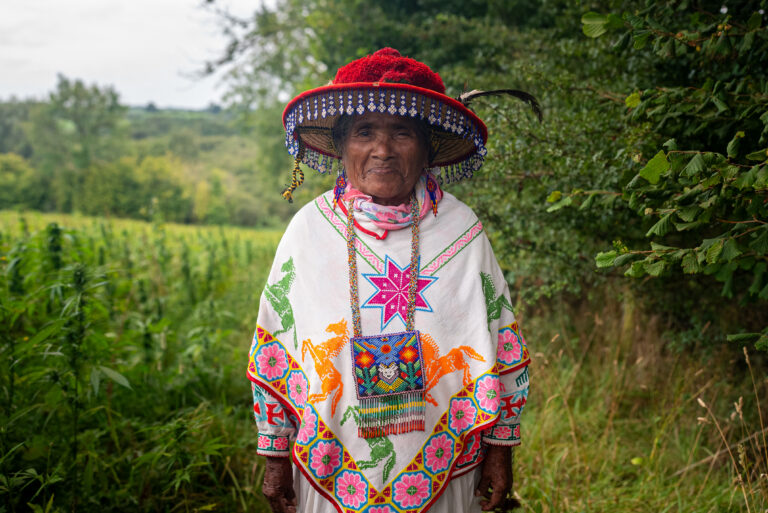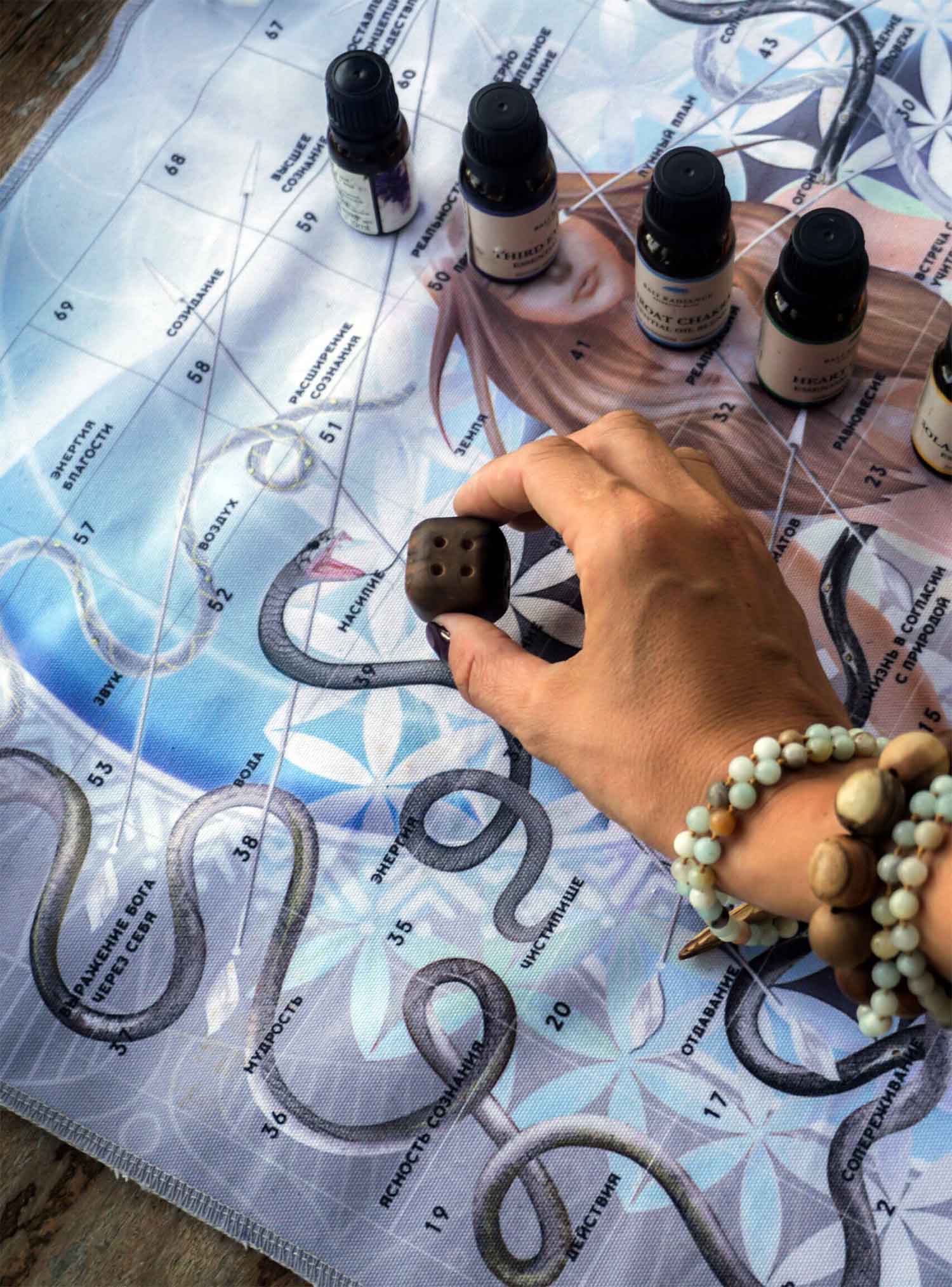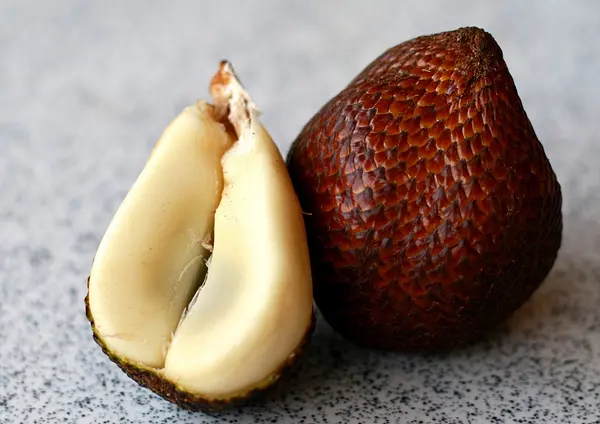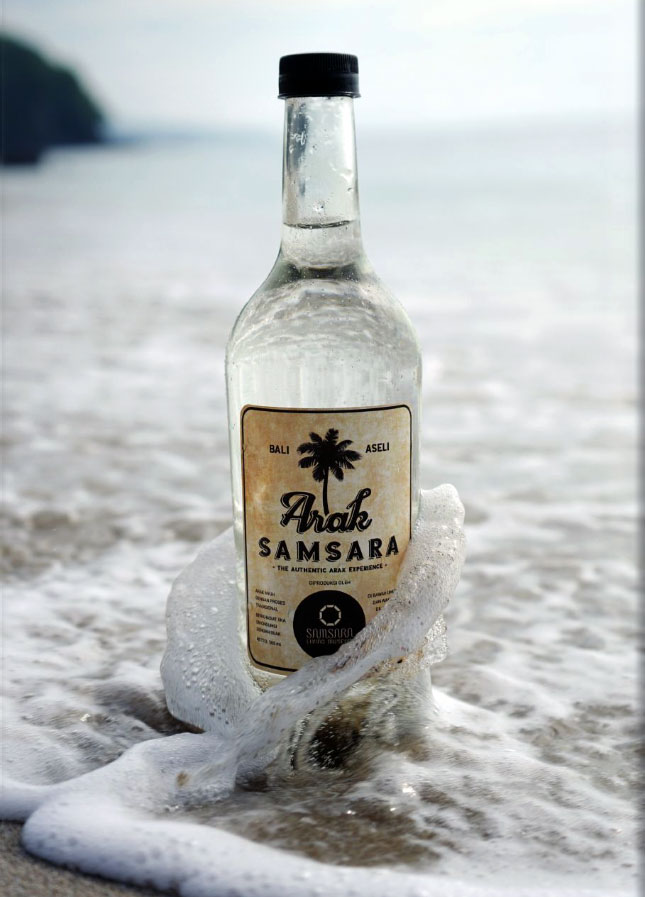Here we showcase the best places to visit in Sumba.
Best places to visit in East Sumba
Waingapu is the capital of East Sumba regency and the largest city on the island. Not only known for its vast savannahs, such as Puru Kambera and Wairinding hills, it also hides other beautiful natural attractions such as waterfalls and beaches.
Wairinding Hills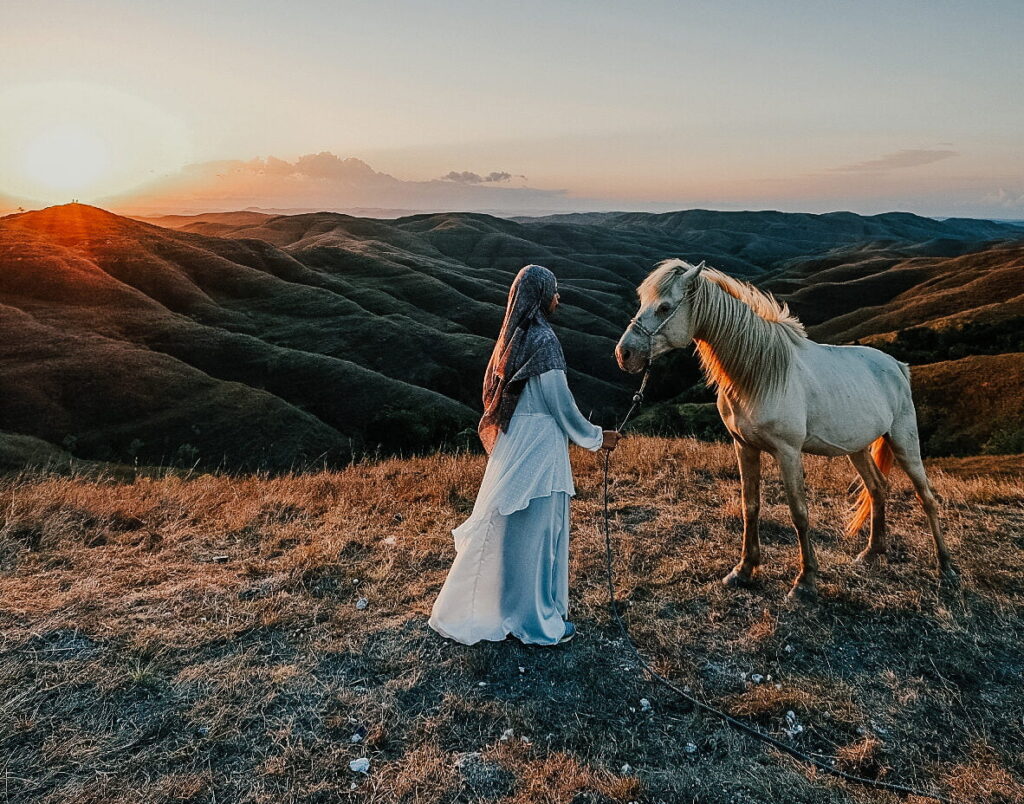
Ever since featured in an Indonesian movie, Wairinding Hill has become a must-see destination and is definitely one of the best places to visit in East Sumba. Boasting a breathtaking view of the savanna, Wairinding Hill offers a quiet natural atmosphere where visitors can sink in silence. A group of children often plays around the hills, giving visitors a glimpse of their simple lives. Around a 30-45 minutes drive from Waingapu, this natural landscape is a must-see, especially during sunset or sunrise, because it’s the perfect scenery for a photoshoot.
Walakiri Beach
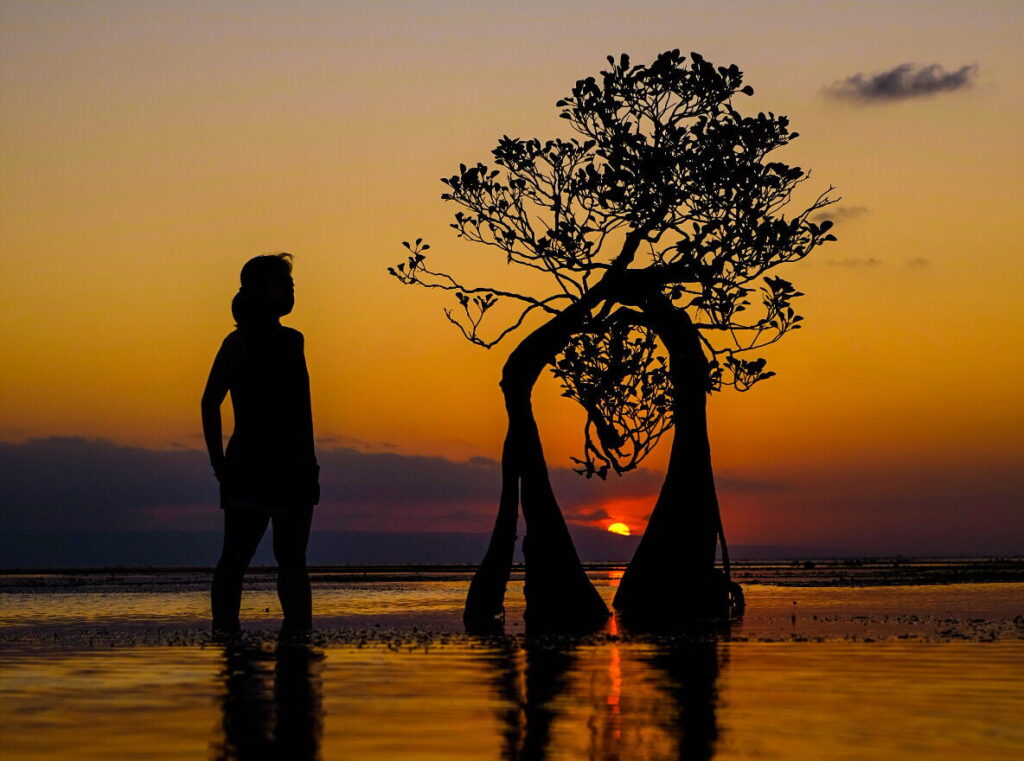
Watching the sunset here is a must while exploring the beach with its beautiful mangroves. Don’t hesitate and walk towards the small areas of the curvy trees growing in the water. It’s only knee-deep and definitely worth a picture.
Laputi Waterfall
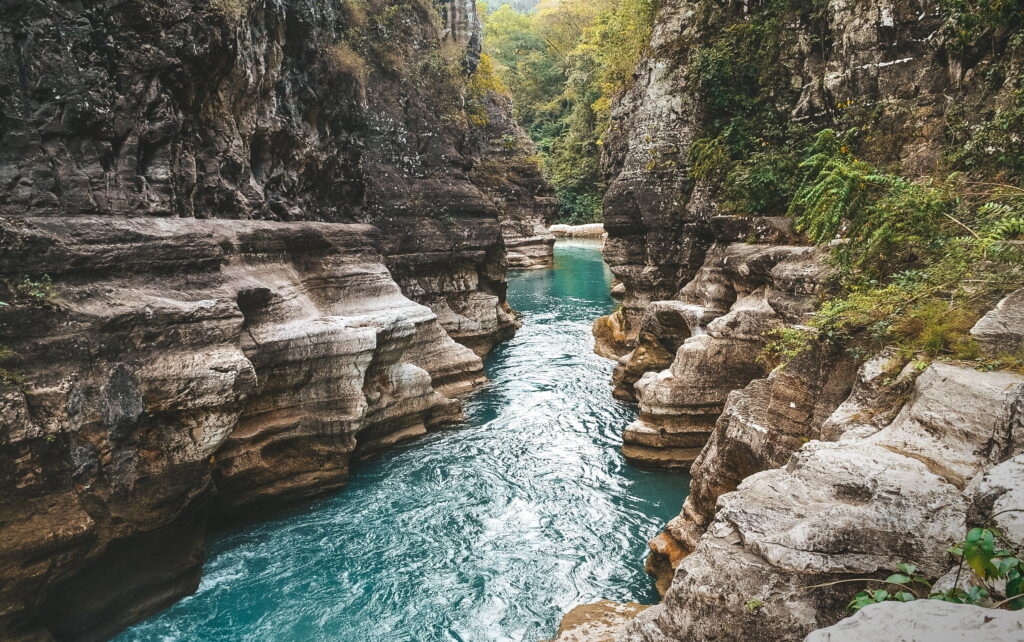
Laputi waterfall is located in Praingkareha village of Tabundung Sub-district, 480 meters above sea level. At the top of the waterfall sits a beautiful blue lake called Laputi Lake. Visitors can reach it from Waingapu by a 2-3 hour drive by car or motorcycle.
The Laiwangi Wanggameti National Park Agency supplies the vehicles to travel around the park. Close by, you can find a megalithic grave site called “Reti Iyang”. One of the graves is overgrown by a banyan tree as if the roots of this banyan tree protect this megalithic grave. This site is part of a Folklore about the ownership of Sumba.
Folklore of Sumba
Once upon a time, there was a debate between Umbu Mehanguru and Umbu Pahar about who owned Tana Humba (Land of Sumba). The discussion finally resulted in an agreement and sanctions. The agreement was: The one who shouts from the top of the mountain 3 times by asking the question, “Who owns Tana Humba?” if someone answers, he is the winner or the owner.
The penalty was that whoever loses will go to the western region.
When they came to a high place, Umbu Pahar did it first with his magic. Three times he asked, screaming, but no one answered from the bottom of the mountain. Then Umbu Mehanguru did what Umbu Pahar did. Right on the 3rd question, a voice or answer from the mountain’s base said, “Nyumu Dummu Umbu”.
Full of disappointment, Umbu Pahar and his wife Rambu Niwa left their place in the east and moved west, from Anakalang, Loli, Wanukaka to Lamboya. However, their names are immortalized with the name of a place or region in the southern part of East Sumba, namely Pinu Pahar – Mahaniwa.
– by Bpk. Yudi Umbu Rawambaku
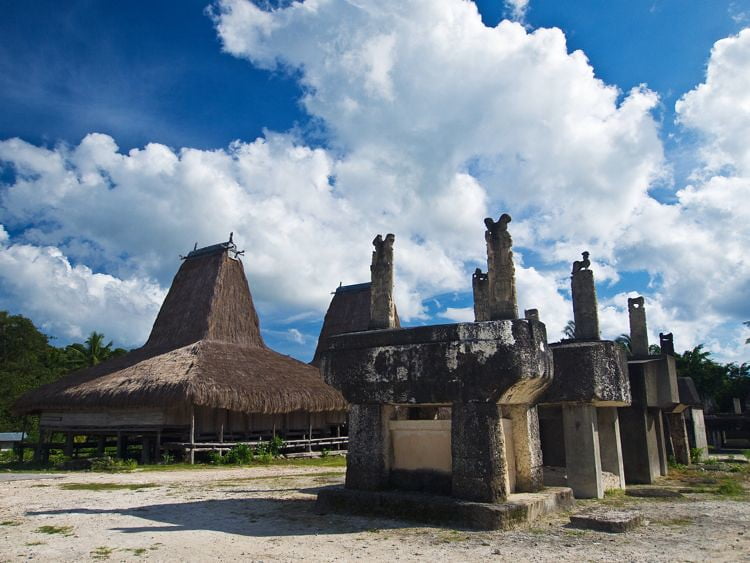
Best Places to visit in Central Sumba
Central Sumba has Manupeu Tanah Daru National Park, the only area with low-ground forest left in Sumba. There are as many as 118 species of plants and 87 endangered species of birds, making this a good place for bird watching. One beautiful waterfall, Matayangu, is located within and should be on trekking lovers’ bucket lists.
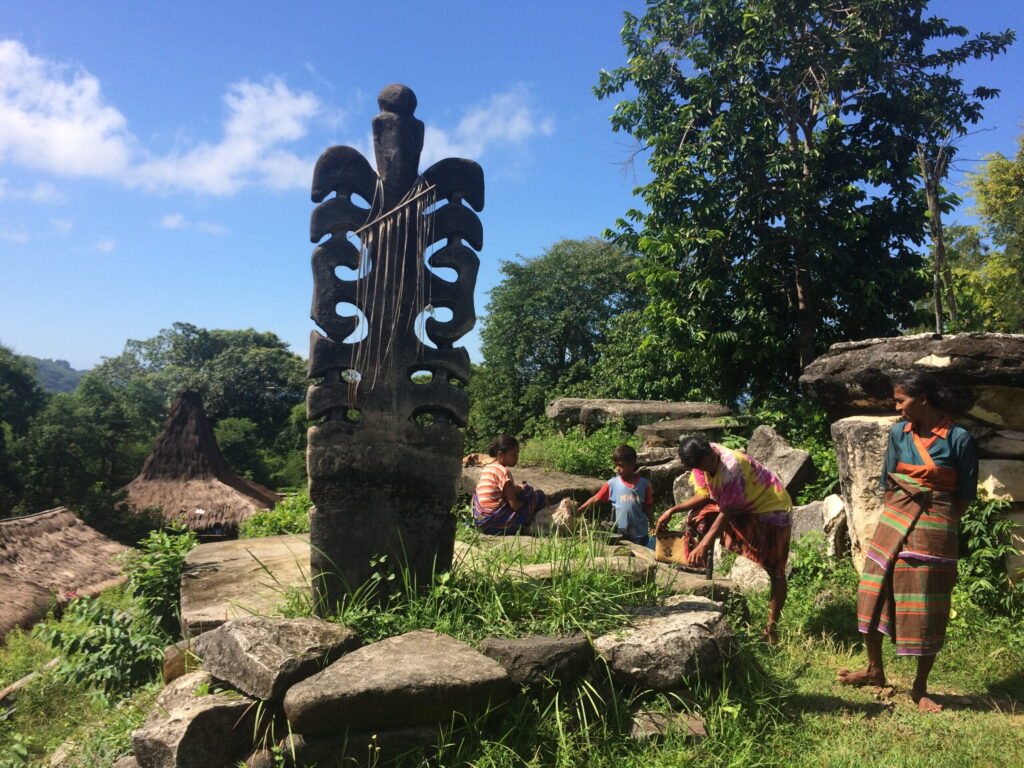
Best places to visit in West Sumba
Traditional and modern are fused into one, as many villages still preserve their authenticity. The central city is Waikabubak, and this area is slightly different from the rest of Sumba. Here is where they hold the annual traditional festival of Pasola, which takes place in Lamboya if held in February and Wanokaka in March. The famous Lapopu waterfall and many beautiful sandy beaches can also be found here.
Lapopu Waterfalls
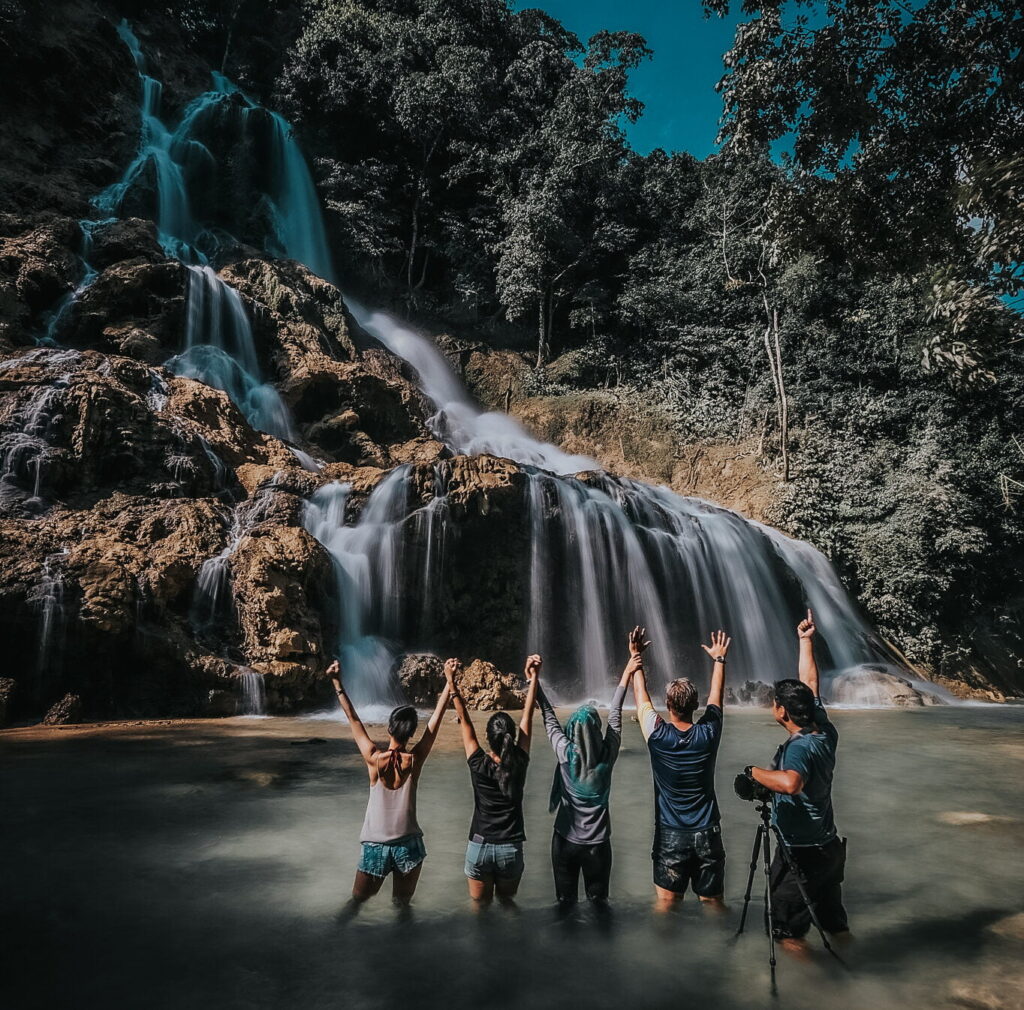
After a drive through Sumba’s endless hilly and green landscape, you will arrive near the waterfall. To visit the waterfall, you will need to do a small hike of approximately 15 minutes and cross a bamboo bridge to get there. There is a lovely spot to sit down where you can watch the water find its way down the hill. If you’re in for an adventure, enjoy the splash!
Praijing Village
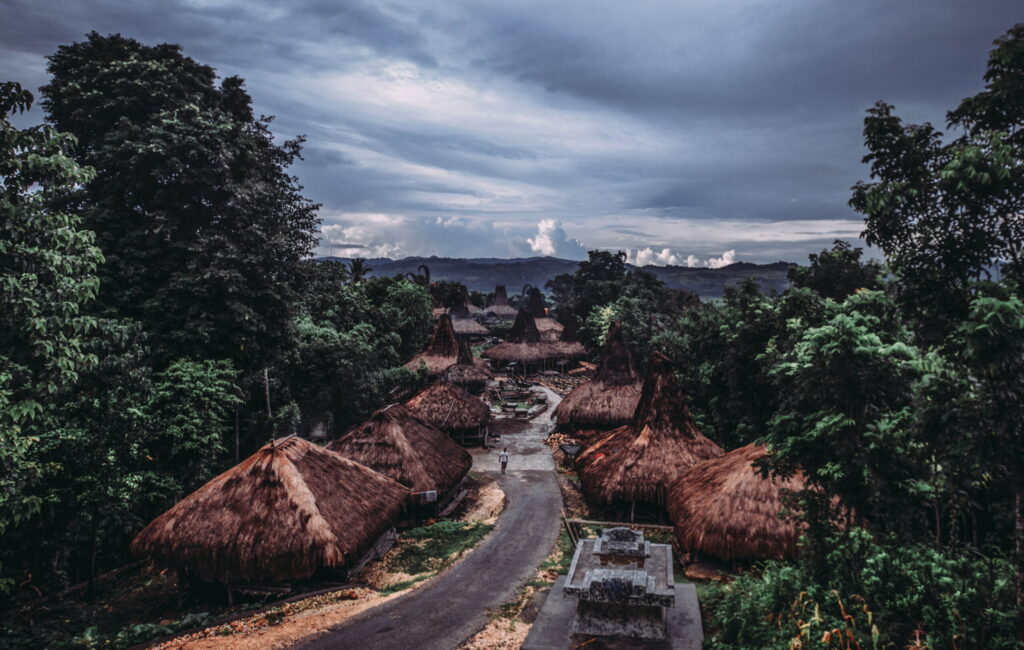
A traditional village uphill surrounded by lots of greenery. This is one of the few villages where you can have a beautiful overview of the entire area and draw an idea of how the village is conducted. Take some time to walk around the town; the elders occupy most houses, and kids are always around to share their smiles.
Best places to visit in Southwest Sumba
This recently formed regency decentralized from West Sumba. We can find a lot of virgin beaches such as Pero, Bwanna, Mandorak and Watu Maladong. Apart from that, we can find a traditional village with Sumbanese houses, easily identified by its thatched roofs that rise up to 30 meter high, and that is Ratenggaro village.
Lendongara Hill
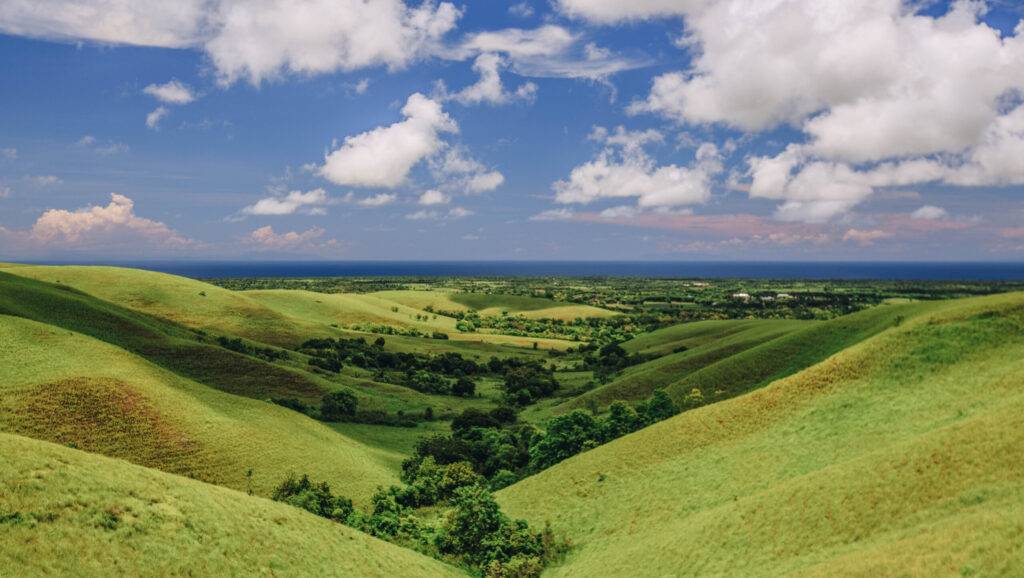
The green grass-covered hill is like a carpet. When the dry season enters, the colour of the natural rug will turn brown with dry grass. The undulating texture of Lendongara Hill adds to its charm. Hills and valleys crisscross like waves. The cool air and beautiful atmosphere in Lendongara are the main reasons to sit for a long time and enjoy its beauty.
Weekuri Lake
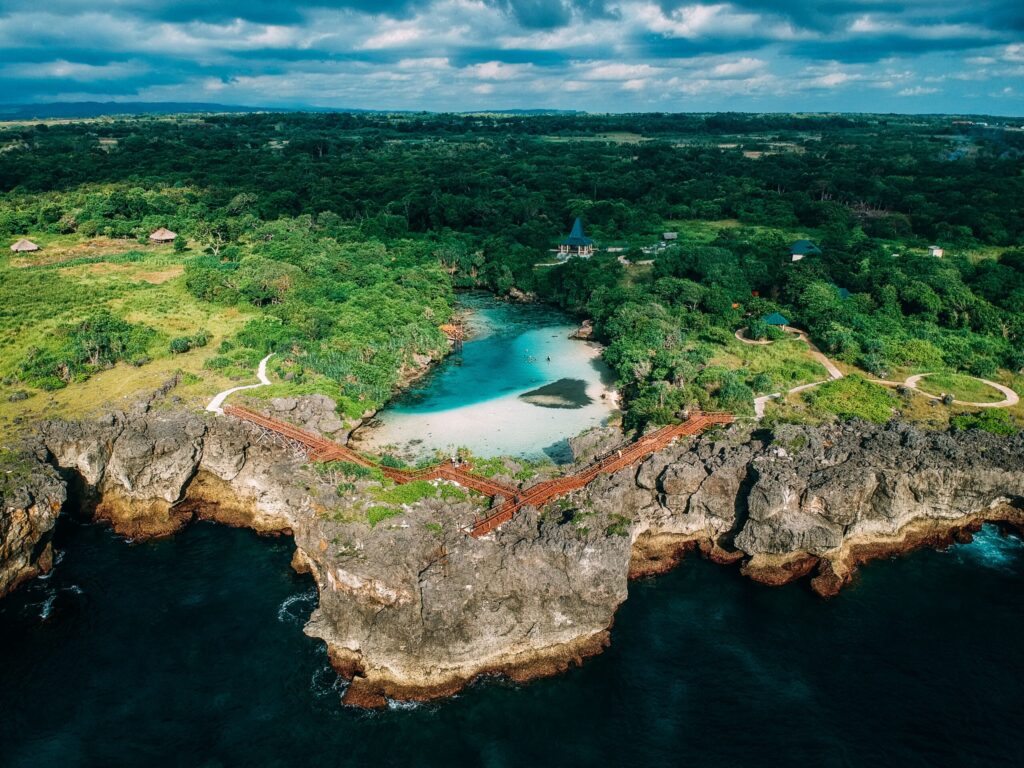
This incredible salt water lake is located near Mandorak, southwest Sumba. Water constantly flows in and out of the lake and finds its way through holes underneath the rocks. Because of that, there is no stagnating water in the lake. The shallow parts of the lake are sandy, but sea life is abundant in the deepest part (2 to 3 meters), where corals, crustaceans and fish can be found. However, the ecosystem is fragile, and tourists are asked to be extremely cautious not to litter or walk on corals.
Mandorak Beach
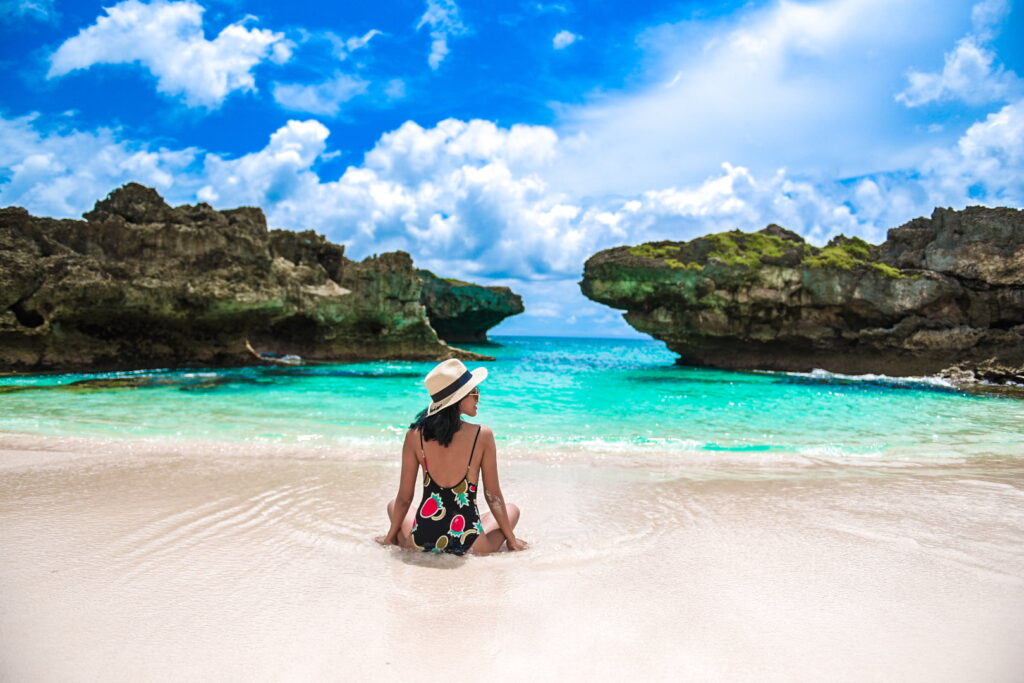
Next to the Weekuri Lake, there is Mandorak Beach, the enchanting white sand combined with the clear blue sea water, with the addition of the two large edges of rocks, is truly sensational! The tides in Sumba are recommended for the professional surfer. So, if you are one of them you can go surfing on this beach.
Ratenggaro Village
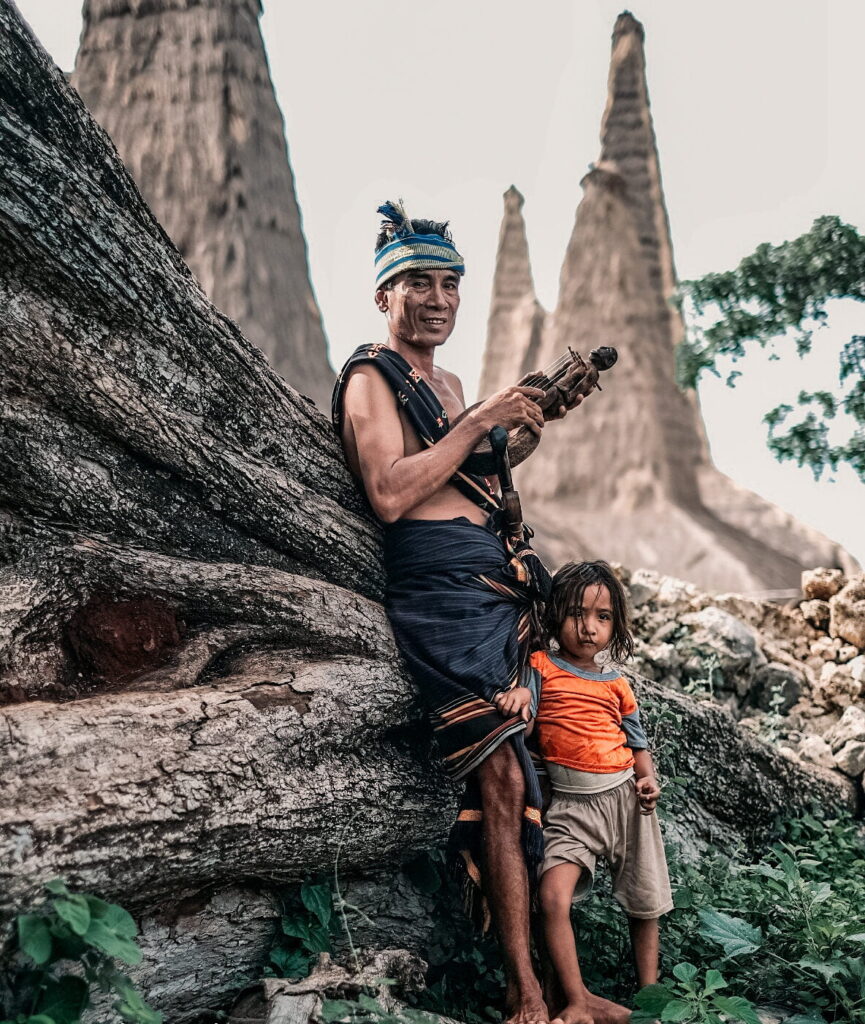
This village is the only one of a few traditional villages left in this part of Sumba. While the town is just a compound of some houses, each house can accommodate up to 50 family members. During the harvesting season, however, most villagers will stay in their fields to work.




